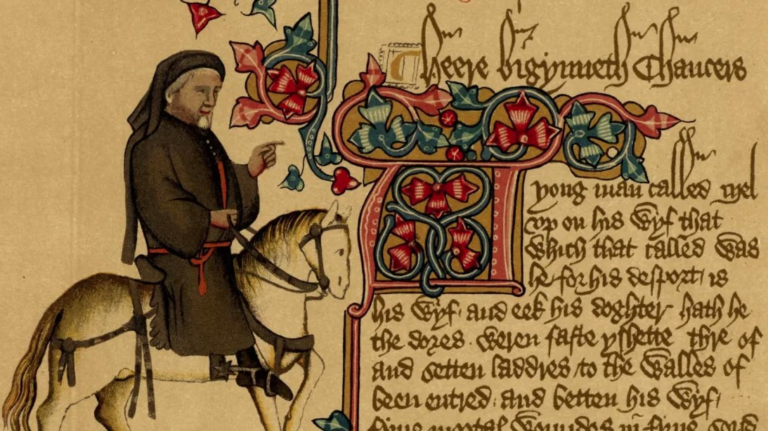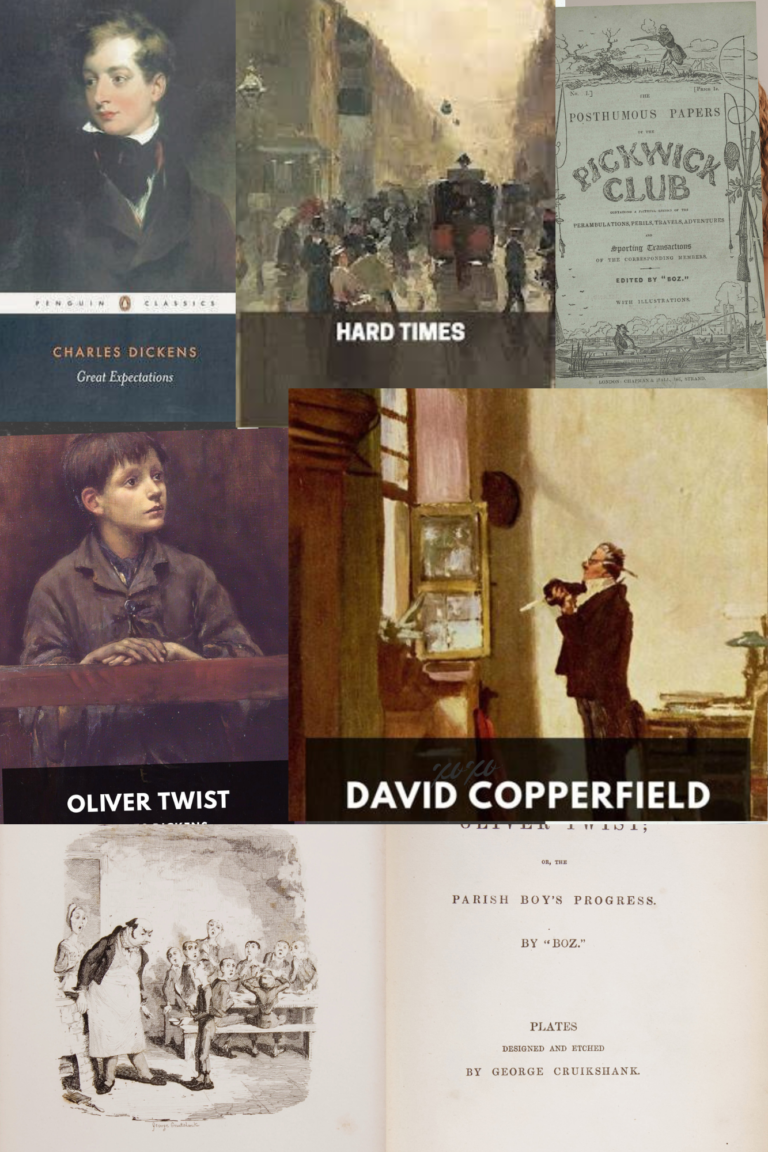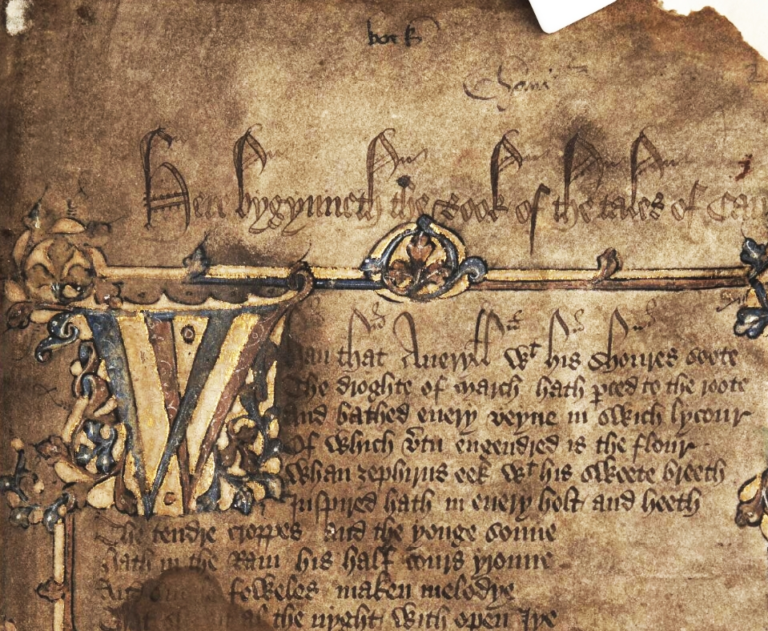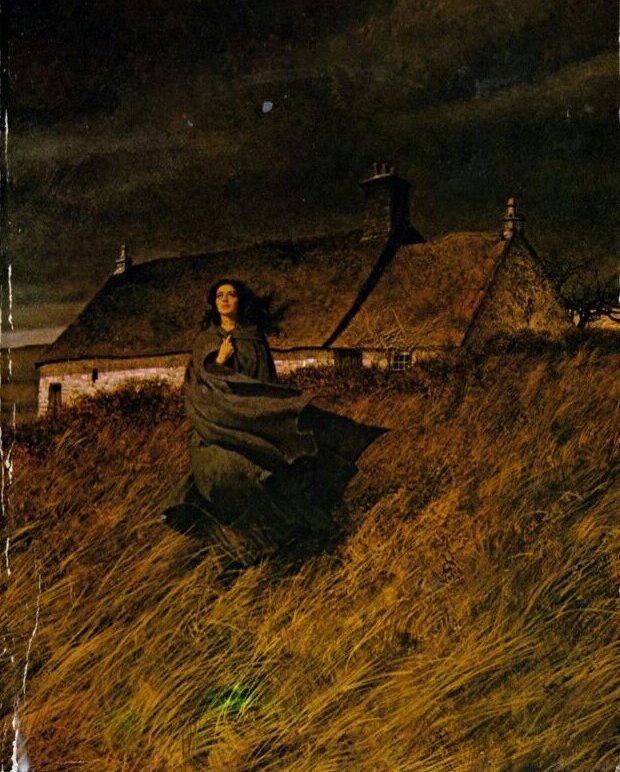Exploring key Characters and plots in ‘The Canterbury Tales’
Introduction
In Geoffrey Chaucer’s famous work, “The Canterbury Tales,” there are many interesting characters. Each character has their own story to tell and their own personality traits. Let’s take a closer look at some of the key characters and what they reveal about life in medieval England.

The Knight of The Knight’s tale
In “The Canterbury Tales,” the Knight tells a story of two knights, Palamon and Arcite, imprisoned by Duke Theseus of Athens. Both fall in love with Emily, Theseus’ sister-in-law, sparking a rivalry. Arcite is banished but returns in disguise to serve in Theseus’ court. Palamon challenges him to a duel for Emily, leading to a tournament.
Arcite wins but dies from a fall, marrying Emily before passing. Palamon, though initially bitter, accepts the outcome and eventually marries a noblewoman, living happily ever after. The Knight’s tale delves into themes of love, rivalry, and destiny, showcasing the complexities of human emotions in medieval society.
One of the most respected characters in “The Canterbury Tales” is the Knight of The Knight’s Tale. He’s brave, honourable, and has fought in many battles. Chaucer describes him as being “meek as a maid” and “a true, perfect gentle knight.” The Knight represents the ideals of chivalry and nobility in medieval society.
The Wife of Bath:
The Wife of Bath’s tale explores themes of marriage, gender dynamics, and the nature of true gentleness. Through her story, Chaucer challenges societal expectations and offers a nuanced portrayal of love and relationships.
In “The Canterbury Tales,” the Wife of Bath tells a story about a knight who rapes a young woman. As punishment, he must find out what women truly desire within a year. After many failed attempts, he meets an old woman who gives him the answer: women desire sovereignty over their husbands.
In return for this answer, the knight must marry her. Despite her old age and appearance, the knight agrees. The old woman gives him a choice: she can remain old and faithful or become young and possibly unfaithful. The knight lets her choose, and she becomes young and faithful, rewarding his kindness.
The Wife of Bath is a remarkable character, known for her boldness and independence. Having been married five times, she fearlessly expresses her thoughts and holds firm to her beliefs. Her confidence and outspoken nature challenge conventional gender norms, adding depth and intrigue to her character.
The Pardoner:
In Flanders, three young men revel in singing, drinking, and gambling. The Pardoner criticizes their sinful behaviour, despite his own hypocrisy. When they hear of a friend’s death by a thief named Death, they vow to kill Death. They meet an old man who directs them to find Death under an oak tree, where they discover gold. Greed consumes them, and they decide to keep the treasure.
The greediest of the three rioters suggests they wait until nightfall to move the treasure to avoid suspicion. They decide to draw straws to determine who will fetch supplies, but then greed takes hold, and they agree to keep the treasure for themselves. This selfish decision sparks a cycle of increasing greed setting the stage for their downfall.
Here, we have the Pardoner, who is quite the opposite of the Knight. He’s deceitful, greedy, and manipulative. The Pardoner sells fake religious relics to unsuspecting people, tricking them into giving him money. He’s a symbol of corruption and hypocrisy within the church.
The Miller:
In “The Miller’s Tale” by Chaucer, a carpenter’s wife, Alisoun, has affairs with both a scholar named Nicholas and a parish clerk named Absolon. Nicholas convinces the carpenter that a flood is coming, so they spend the night in tubs suspended from the rafters.
While the carpenter sleeps, Nicholas and Alisoun spend the night together. Absolon seeks a kiss from Alisoun but receives a hot poker to his rear instead. Chaos ensues, and the tale ends with laughter at the carpenter’s expense.
Miller is a loud and boisterous character who loves to tell dirty jokes and drink ale. He’s a working-class man who’s not afraid to challenge authority. The Miller represents the common people and their struggles in medieval society.
Conclusion:
“The Canterbury Tales” is filled with a diverse cast of characters, each representing different aspects of medieval life. Through these characters, Chaucer provides us with a rich tapestry of society, showcasing its virtues, flaws, and complexities. By analyzing these characters, we can gain a deeper understanding of the social and cultural dynamics of Chaucer’s time.






